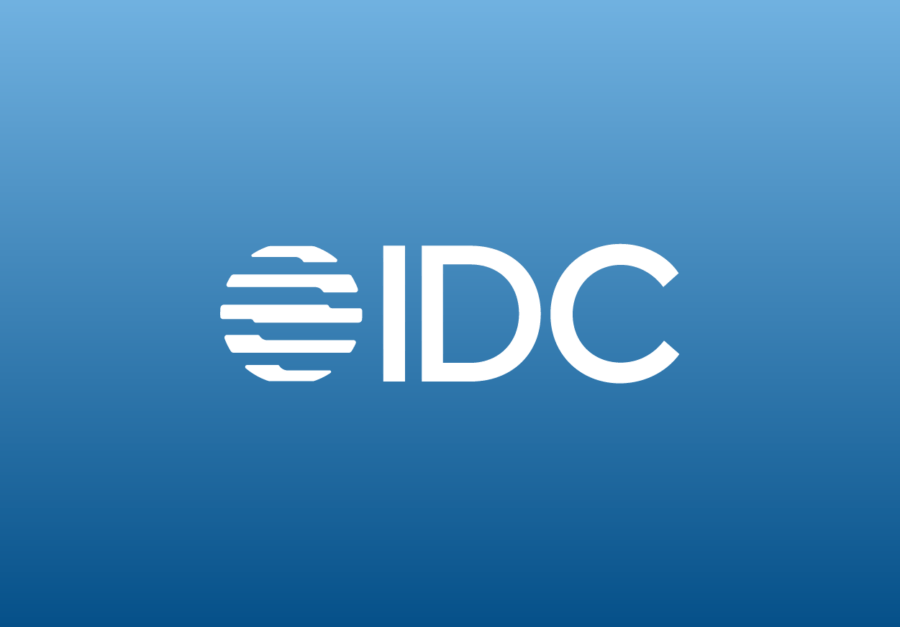Blog
Leveraging Surplus Cash to Minimize Supply Chain Risk

One of the biggest and most obvious risks to an organization’s supply chain is their vendor’s liquidity issues making it unable to deliver products on time (or at all, if the vendor goes out of business). It’s also been well documented that late payments are a major cause of suppliers’ liquidity challenges.
Fortunately, a disruption in the supply chain due to suppliers’ lack of liquidity is completely avoidable.
The industry is starting to see a number of new buyer-led payables programs, which provide a win-win solution for buyers and their suppliers. There are supply chain finance programs which utilize reverse factoring – meaning that third parties (often banks) will finance the early payment of invoices to suppliers. At the same time, these programs also offer enough profitability for these financing third parties to allow buyers to extend their payment terms and improve DPO and consequently working capital.
However, for those organizations that are cash rich and not as focused on working capital optimization, there are also dynamic discounting programs, which are self-funded early payment initiatives using the buyers’ own cash and liquidity instead of a third party’s. Dynamic discounting calculates the early payment discount based upon a sliding scale discount that moves toward zero as the payment moves towards its due date.
There are two benefits of a dynamic discounting program:
- Early payment to suppliers – at a financing rate better than they could achieve on their own. This reduces risk in the supply chain as suppliers’ risk is improved.
- Cash optimization – dynamic discounting programs typically offer buyers an average APR exceeding 8%, and in many cases well into double digit returns. Cash is underutilized at <1% in banks and low-risk products; the math supporting this type of program is obvious.
A solution that can integrate both dynamic discounting and treasury management gives the finance team this visibility into current excess cash balances, and enables the organization to make informed, real-time decisions about more beneficial deployments of unused cash. This will enable treasury to drive value and strengthen the organization’s supply chain, all without incurring any financial risk.
Dynamic discounting gives treasurers an excellent opportunity to improve their profile by providing benefits that impact a range of departments within the organization.












